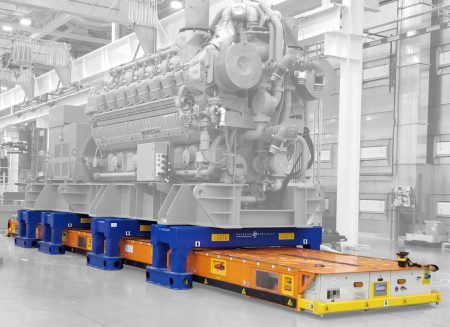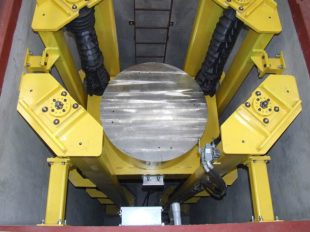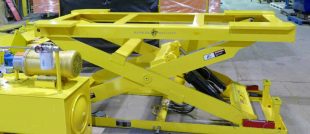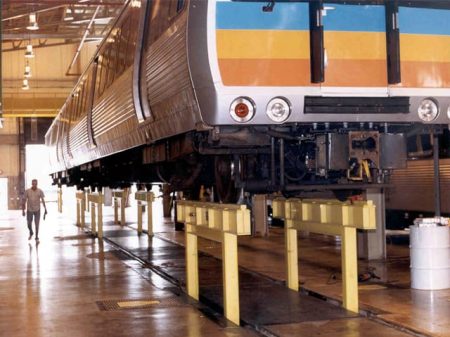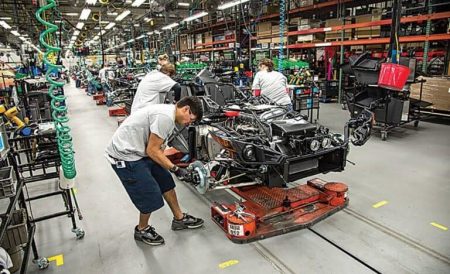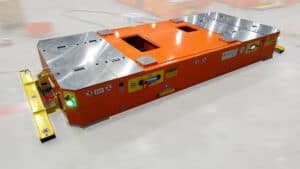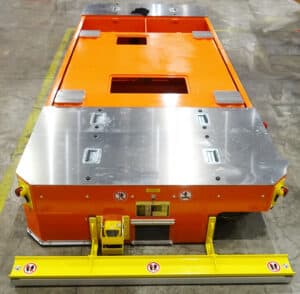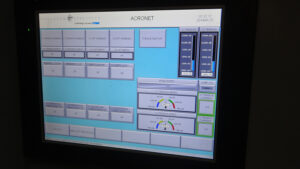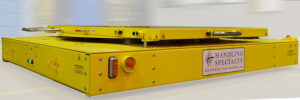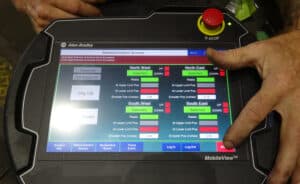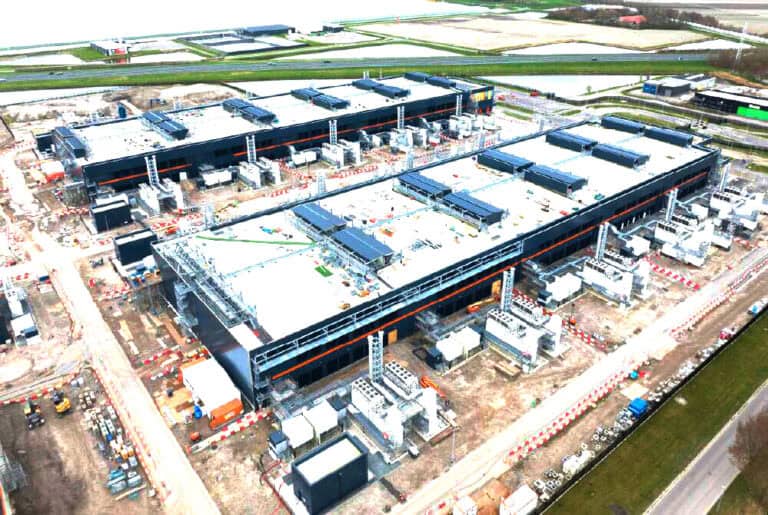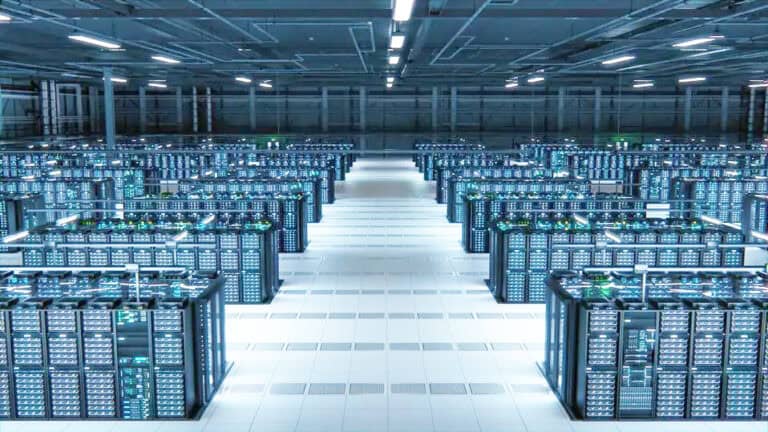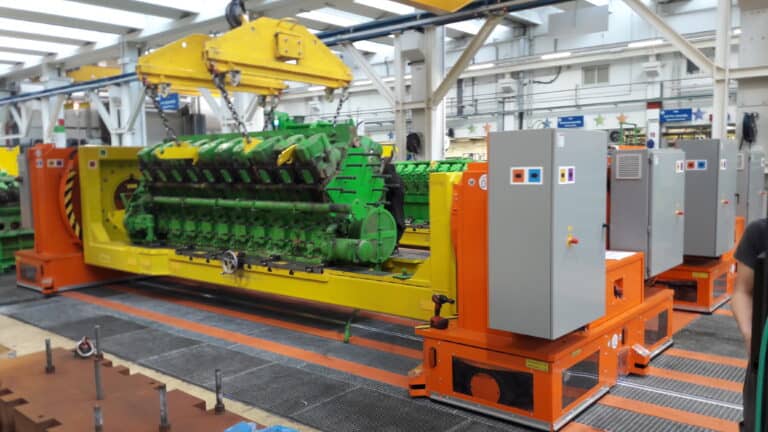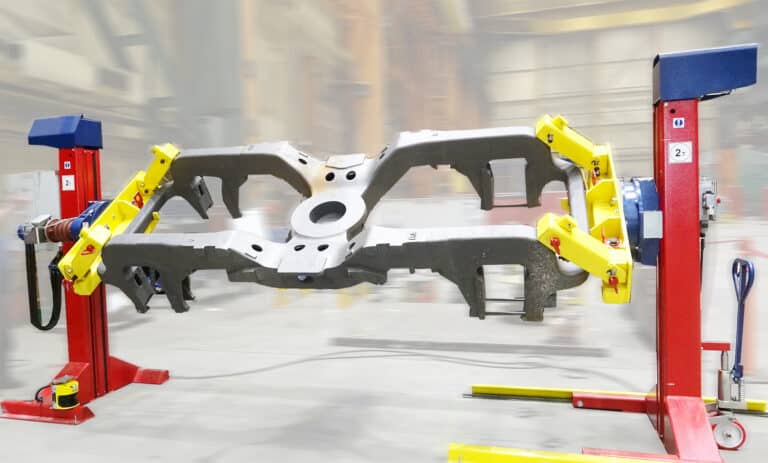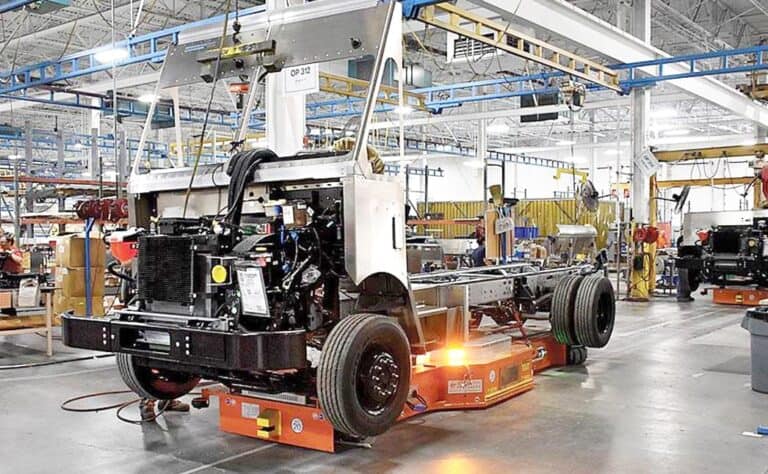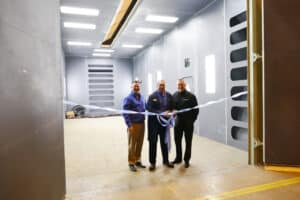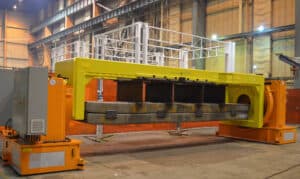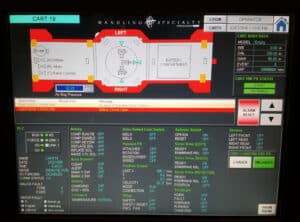Optimizing Data Center MRO: The Role of Material Handling Equipment
In the digital economy, data is the new currency, and data centers are the vaults. The slightest interruption in service can trigger cascading financial and reputational damage. To protect against this, facilities operate under a mandate of near-perfect uptime. This relentless pressure places an immense focus on Maintenance, Repair, and Operations (MRO)—the comprehensive set of activities that keep a facility running. The Data Center Operations and Maintenance Service Market is a testament to this, valued at approximately USD 15.8 billion in 2023 and projected to grow significantly. While much attention is given to the IT hardware, the foundational equipment that moves, positions, and supports this critical infrastructure is equally vital. This article explores the pivotal role of material handling equipment (MHE) in optimizing data center MRO, ensuring the physical backbone of the digital world remains robust, responsive, and reliable.
Introduction: The Criticality of Data Center Uptime and MRO
The Uncompromising Demands of Data Center Operations
Data centers are environments of extremes. They demand 24/7/365 availability, precise climate control, and uncompromising physical and digital security. Unlike traditional manufacturing facilities, downtime is not just an inconvenience; it’s a catastrophic failure. Every server, cooling unit, and power distribution system must function flawlessly. This operational intensity means that maintenance isn’t a periodic task but a continuous, proactive process designed to pre-empt failure and ensure the entire system functions as a single, resilient entity.
Defining MRO in the Data Center Context
Maintenance, Repair, and Operations (MRO) in a data center encompasses all the materials, tools, and processes required to maintain the facility’s infrastructure. This includes everything from the primary IT equipment to the power and cooling systems that support it. MRO inventory involves managing spare parts, essential consumables like filters and lubricants, and the specialized tools needed for maintenance tasks. An effective MRO strategy is the lifeblood of a data center, directly influencing its ability to deliver on service level agreements.
Why Material Handling Equipment is a Game-Changer for Data Center MRO
Material handling equipment (MHE)—such as server lifts, automated guided vehicles, and specialized tuggers—are the unsung heroes of data center MRO. These tools are essential for safely and efficiently moving heavy, sensitive, and expensive assets like server racks, uninterruptible power supply (UPS) batteries, and cooling components. By enabling technicians to perform maintenance and upgrades faster and more safely, MHE directly reduces mean time to repair (MTTR) and minimizes the risk of human error or equipment damage, making it a cornerstone of an optimized MRO program.
The Unique Landscape and Challenges of Data Center MRO
Beyond Traditional Maintenance: Data Center Specifics
Data center MRO transcends typical industrial maintenance. Operations often occur in live environments where a single mistake can disrupt services for millions. The work involves handling high-value, electrostatically sensitive equipment that requires specialized tools and procedures. Furthermore, with nearly 11,800 data centers worldwide, the need for standardized, efficient MRO practices is paramount to managing these complex facilities at scale. The cleanliness, security protocols, and intricate cabling of these environments present unique logistical challenges for every maintenance task.
The Cost of Downtime and the Importance of Proactive MRO
The financial stakes of data center failure are staggering. A 2025 analysis shows that 54% of organizations report their most recent major outage cost over $100,000, with 20% exceeding $1 million. Furthermore, a LogicMonitor survey revealed that 51% of IT leaders have seen downtime increase since 2020. These figures underscore the immense value of proactive MRO. A well-executed strategy, supported by the right material handling equipment, is not a cost center but a crucial investment in risk mitigation and operational continuity.
Material Handling Equipment: The Backbone of Efficient Data Center MRO
Enhancing Safety and Efficiency in Data Center Maintenance
Manual lifting of heavy server chassis or UPS batteries is a significant risk for both personnel and equipment. Proper material handling equipment mitigates this risk by providing mechanical advantage and stability. Manually Guided Vehicles with product specific tooling allow a single technician to safely install a multi-hundred-pound server, while specialized guided vehicles facilitate the movement of large cooling units or power components. This not only prevents injuries but also reduces the chance of accidental drops, which could damage expensive parts and surrounding infrastructure.
Specialized MHE for Data Center Environments
The material handling equipment used in data centers is highly specialized. It must be compact to navigate narrow aisles, non-particulating to maintain air quality, and often designed to handle specific vendor hardware. Examples include:
- Server Lifting tooling: For safely lifting and positioning servers, switches, and other rack-mounted equipment with the help of an MGV or AGV.
- Manually Guided Vehicles: For moving heavy items like computer room air conditioners (CRACs) or large battery cabinets.
- Cable Carts and Spoolers: For managing the vast quantities of fiber and copper cabling.
- Automated Guided Vehicles (AGVs): Increasingly used in large-scale facilities for transporting materials and parts between storage and the data hall.
Direct Impact on MRO Workflows and Response Times
The availability of the right MHE has a direct and measurable impact on MRO efficiency. When a critical component fails, every second counts. Having a server lift ready means a technician can immediately begin the replacement process instead of waiting for assistance. This acceleration of the maintenance workflow drastically reduces repair times, shortens maintenance windows, and allows the facility to restore full operational capacity faster, directly improving key performance indicators like MTTR.
Optimizing Material Handling Equipment Itself for Data Center Reliability
Proactive Maintenance Strategies for MHE
The equipment that supports MRO activities also requires its own maintenance. A broken AGV during a critical server replacement is an unacceptable point of failure. Therefore, MHE must be included in the facility’s overall preventive maintenance program. This involves regular inspections, lubrication, battery checks, and functional tests to ensure the equipment is always in a state of readiness. A failure in the support system is a failure of the entire maintenance process.
Leveraging Technology and Automation for Advanced Data Center MHE and MRO
The Rise of Automation in Data Center MRO Support
Automation is reshaping data center operations, and MRO is no exception. The global data center automation market is projected to grow from USD 11.52 billion in 2024 to USD 40.97 billion by 2032. In the MRO context, this includes automated inventory reordering systems and the use of AGVs or robotic arms to transport spare parts from storage to the point of use. This reduces human intervention, minimizes errors, and further accelerates response times during maintenance events.
Strategic MRO Procurement and Supplier Management for Data Centers
Vendor and Supplier Management for Critical MRO Resources
Strong relationships with a network of reliable vendors and OEMs like Handling Specialty are essential. This includes not only parts suppliers but also specialized service providers and equipment manufacturers. For data center MRO, it’s crucial to partner with vendors who understand the unique demands of the environment—such as the need for certified technicians and adherence to strict security protocols. A well-managed vendor ecosystem acts as an extension of the internal MRO team.
Implementing a Robust MHE and MRO Strategy for Your Data Center
Assessment and Planning: Identifying Gaps and Opportunities
The first step is to conduct a thorough assessment of current MRO processes and material handling capabilities. This involves inventorying existing MHE, analyzing maintenance records to identify common failure points, and mapping out current workflows. This analysis will reveal gaps—such as a lack of appropriate lifting equipment for new server models—and highlight opportunities for process improvement.
Technology Integration and Phased Rollout
Implementing a new MRO strategy often involves integrating new software or equipment. A phased rollout can minimize disruption. This might start with a pilot project in one area of the data center, such as implementing a CMMS to track MHE maintenance. Success in the pilot phase can then be used to build a business case for a facility-wide deployment.
Training, KPIs, and Continuous Improvement
A strategy is only effective if the team is trained to execute it. Comprehensive training on new equipment, software, and procedures is vital. Success should be measured against clear Key Performance Indicators (KPIs), such as MTTR, preventive maintenance compliance, and MRO inventory accuracy. These metrics provide the data needed for continuous improvement, allowing the MRO program to evolve and adapt to the changing needs of the data center.
Conclusion
In the world of data center operations, excellence is achieved through the optimization of every underlying system. While servers and networks capture the spotlight, the efficiency of Maintenance, Repair, and Operations—powered by effective material handling equipment—forms the bedrock of reliability. Optimizing the MRO for this essential equipment is not a secondary task; it is a strategic imperative. By integrating specialized MHE, leveraging advanced software for inventory management, and fostering a culture of proactive maintenance, data center operators can significantly reduce downtime risk, enhance safety, and improve overall operational efficiency. As the Maintenance, Repair & Operations market continues its growth toward a projected USD 493.4 billion by 2030, investing in a sophisticated MHE and MRO strategy is one of the most effective ways to protect critical digital assets and ensure the uninterrupted performance the modern world demands.

